Nearly 10% of the population has some degree of hearing loss. Many companies don’t realize they would gain access to an additional 10% of market share by getting deaf people involved somehow.
The reason is simple.
The deaf community will value a brand more over another when they deliver information and content in American Sign Language (ASL).
This is true even if the quality of their products is the same. Some deaf people may even be willing to pay a little extra for the same product from a company who delivers content or ads in ASL.
Here are some recent examples:
Deaf Salesman at Best Buy
Imagine two scenarios.
Scenario 1:
You browse the TVs when a salesman approaches you. He asks how you’re doing and whether he can help you. At first, his lips seemed easy enough to read. But when you ask him some technical questions about the TV, he rattles off some incomprehensible specifications that go right over your head. He talks at a machine gun rapid-fire pace while barely moving his lips. When he’s done talking, you’re no better informed than when you walked in.
Scenario 2:
You browse the TVs when a salesman approaches you. He asks how you’re doing and whether he can help you. When you respond, he notices you are deaf and that you’re wearing a hearing aid. He says, “I’ll be right back, I know someone who knows sign language.” A couple minutes later, he brings another salesman who begins using ASL with you. In ASL, you ask him questions about the TV you’re interested in. You have a friendly chat with him about the sizes of TVs, their prices, contrast, HD picture quality and how you can stream movies from the Internet.
In the second scenario, you leave the conversation much better informed about TVs. You might even leave the store with a brand spanking new TV!
The above is based on a true story. Along with another deaf friend, I worked at Best Buy in Frederick, Maryland for about six months. There was a large deaf population in Frederick -- about 12-15% -- so, the Best Buy manager saw the importance of reaching out to the deaf market in town. He did not hesitate to hire a couple of deaf employees, and that resulted in more business with the Frederick deaf community.
Verizon Created a Video in ASL for Deaf Customers
Verizon knows one of today’s top marketing maxims: “it’s best to communicate in the customer’s own language.”
Indeed, they backed this up by producing a video informing the deaf community that they provide video phone customer service in American Sign Language.
By setting up VP for customer service, deaf customers can ask questions and get service by using their own native language. As of today, this is still not typical.
With more public awareness and proactively educating other companies of what Verizon has done for deaf customers, our hope is that this becomes the rule, not the exception, in the near future.
Starbucks Barista Learns ASL For Deaf Customers
In early 2016, Krystal Payne, a Starbucks barista, learned sign language because she felt deaf people should have the same experience ordering coffee as others. After seeing a deaf customer get frustrated when ordering a coffee, she began practicing relevant phrases in ASL at home.
When he came back, she told the deaf customer she had been learning ASL so he could feel comfortable with ordering a coffee in his own language.
He appreciated this gesture so much, he posted about it on Facebook. It went viral and Payne’s district manager got wind of this -- and complimented Payne on her extra effort to make deaf customers feel welcome.
Read the full story here.
ASL As Part Of Outreach Strategy
Companies who embrace ASL as part of their overall outreach strategy will reach and engage more deaf customers.
What if these companies extend this by using our streaming services to reach a much wider market of deaf customers? This would also create job opportunities with advertisers and agencies.
Who Should You Share This Article With?
Share with companies who have already used ASL to reach deaf customers -- encourage them to use this as bragging rights.
Also share this with companies who have NOT already used ASL to find deaf consumers -- this might give them some ideas

